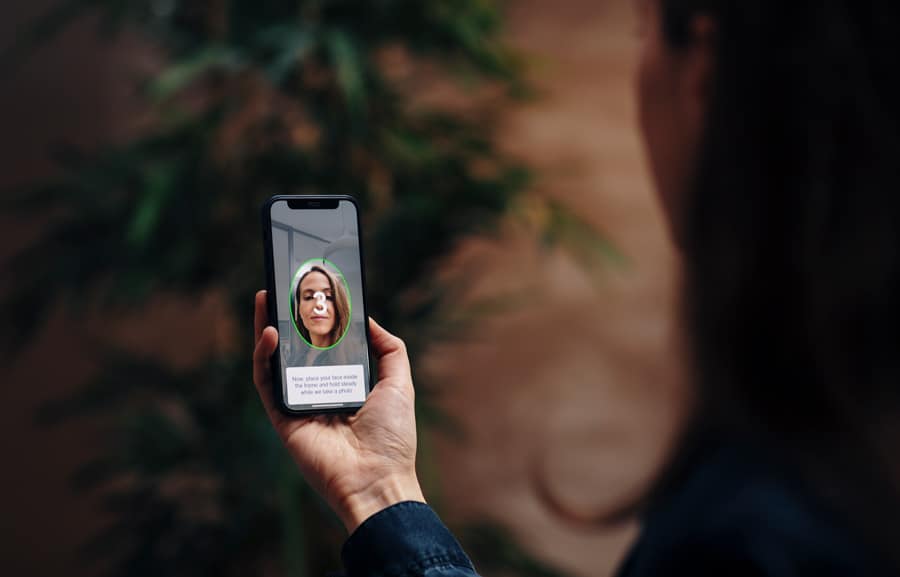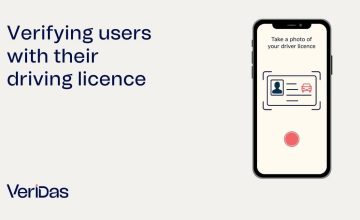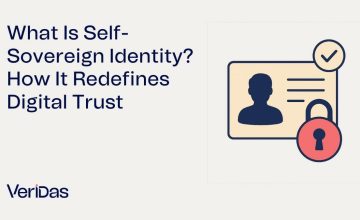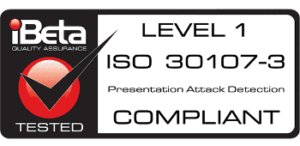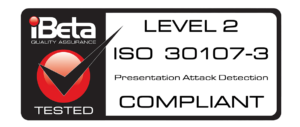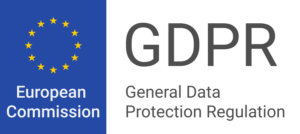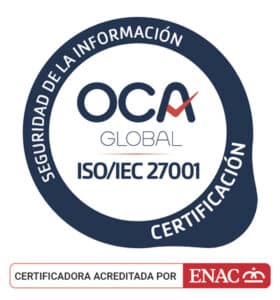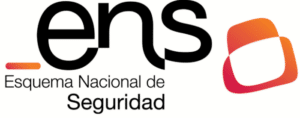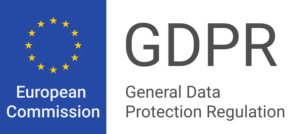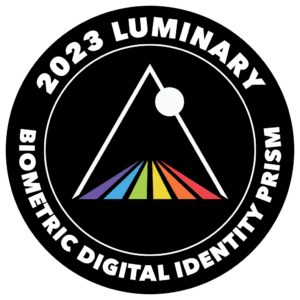What is digital identity verification?
Digital identity verification uses biometric data and other methods to confirm individuals’ identities online. It ensures secure access to services, conducts transactions, and verifies identities remotely. Biometric data, like facial or voice recognition, uniquely identifies individuals, enhancing security.
This data is captured and compared to stored reference data for verification. Additional authentication factors, such as passwords or tokens, further bolster security. Despite its benefits, digital identity verification raises privacy concerns, necessitating robust security measures and compliance with regulations to safeguard individuals’ data and uphold trust in the system.
How to do identity verification?
To verify an identity you first need to have an identity verification platform. Identity verification typically involves several steps. Firstly, collect biometric data like facial or voice features. Then, compare this data with stored reference data to confirm identity. Additionally, employ other authentication factors like passwords or tokens for added security.
Ensure robust security measures and compliance with privacy regulations to protect users’ data. Continuously monitor and update verification methods to adapt to evolving threats and technologies. Balancing security with user convenience is essential for an effective identity verification process.
What is an online identity verification?
Online identity verification entails confirming individuals’ identities remotely using digital methods. Firstly, users provide personal information and biometric data like facial or voice features. Next, this data is compared against stored reference data for verification.
Additionally, other authentication factors such as passwords, QR codes or tokens may be employed for added security. Robust encryption and security protocols safeguard sensitive data during transmission and storage. Compliance with privacy regulations is crucial to protect users’ information.
Continuous monitoring and updates to verification methods ensure adaptability to evolving threats. Striking a balance between security and user experience is vital for effective online identity verification.
What is identity verification used for?
Identity verification serves various purposes, primarily ensuring the authenticity of individuals’ identities in different contexts. It’s used for accessing online services, conducting financial transactions, verifying age or identity for regulated activities, and preventing fraud and identity theft.
Additionally, identity verification is essential for compliance purposes, such as Know Your Customer (KYC) regulations in financial services. By confirming users’ identities, it enhances security, prevents unauthorized access, and fosters trust in digital interactions.
Robust identity verification processes are vital for safeguarding sensitive information and mitigating risks associated with online activities.

What are the benefits of digital identity verification?
Digital identity verification offers several benefits. Firstly, it enhances security by confirming users’ identities, preventing unauthorized access, and reducing the risk of fraud.
Secondly, it improves user experience by streamlining authentication processes, eliminating the need for cumbersome passwords or physical identification documents.
Thirdly, it enables remote access to services, facilitating convenience and accessibility for users worldwide. Fourthly, it supports compliance with regulations such as Know Your Customer (KYC) and Anti-Money Laundering (AML) requirements in various industries.
Overall, digital identity verification enhances trust in online interactions, protects sensitive information, and contributes to a safer and more seamless digital environment.
How can someone verify their identity?
Individuals can verify their identity through various methods. Firstly, they can provide personal information like name, address, and date of birth.
Secondly, they may submit official documents such as passports, driver’s licenses, or national identification cards.
Thirdly, they can utilize biometric data like facial or voice features for authentication.
Additionally, individuals may answer knowledge-based questions or use possession-based methods like tokens or mobile devices. Combining multiple authentication factors enhances security. Choosing a method depends on the context and requirements of the verification process, ensuring a reliable and accurate confirmation of identity.
How Does Facial Recognition Work in Identity Verification?
Facial recognition in identity verification operates by capturing and analyzing unique facial features to confirm an individual’s identity. Initially, the system captures an image or video of the person’s face. Then, sophisticated algorithms extract key facial characteristics, such as the distance between the eyes or the shape of the nose. Next, this data is compared against stored reference templates to determine a match.
The process can involve various techniques, including 3D mapping or deep learning algorithms, to enhance accuracy and reliability. Facial recognition offers a convenient and secure method for identity verification, particularly in digital and remote settings.
How does id document verification work?
ID document verification involves examining official identification documents, such as passports or driver’s licenses, to confirm an individual’s identity. Firstly, the system captures images of the document using a camera or scanner. Then, it analyzes the document’s features, including holograms, watermarks, and security patterns, to detect signs of tampering or forgery. Next, optical character recognition (OCR) technology extracts relevant information, such as name and date of birth, for comparison against databases or reference data.
Finally, the system assesses the document’s authenticity and validity. ID document verification provides a robust method for confirming individuals’ identities in various contexts, including online transactions and access control.
How does liveness detection work?
Liveness detection is a crucial component of biometric authentication, particularly in facial recognition systems, aimed at preventing spoofing attacks. It verifies that a biometric sample, such as a facial image, is captured from a live person rather than a static or non-human source.
This is achieved through various techniques, including analyzing facial movements, detecting eye blinks, or requesting specific actions like smiling or nodding. Additionally, advanced algorithms assess the spatial and temporal characteristics of the biometric sample to confirm its authenticity.
Liveness detection enhances the security and reliability of biometric authentication systems by ensuring the presence of a live human during the verification process.
How long does it take to verify identity?
The time required to verify identity varies depending on several factors, including the specific verification method, the complexity of the process, and the efficiency of the system in use.
Generally, simple methods like knowledge-based authentication or document verification may take minutes to complete, while more complex processes involving biometric data analysis could take a few seconds to several minutes.
Factors such as network latency, system load, and the need for additional verification steps may also influence the overall verification time. Striking a balance between accuracy, security, and user experience is crucial in determining the optimal verification duration.




